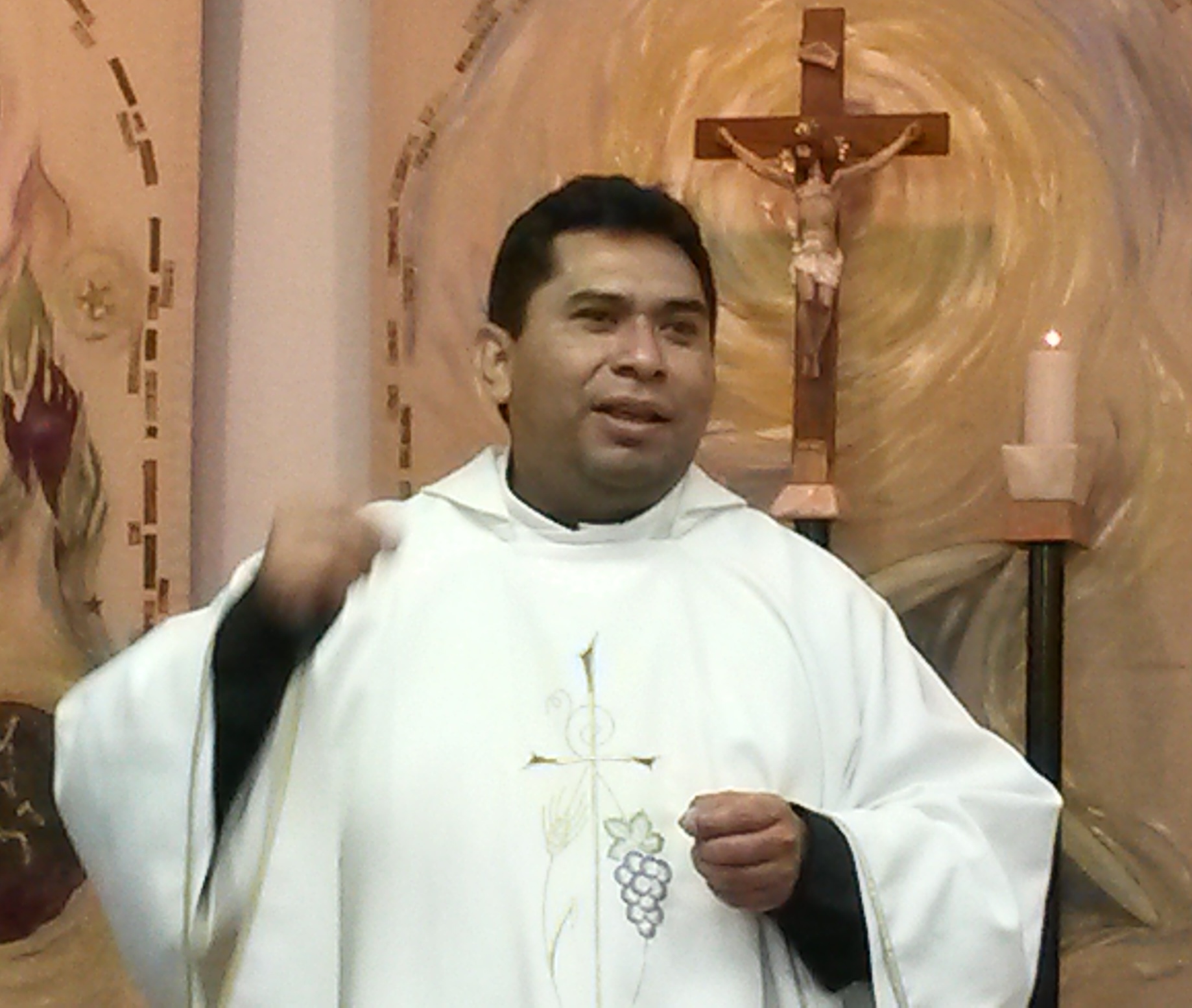 PALM SUNDAY
PALM SUNDAY
By our Pastor, Fr. Carmelo Jiménez
The celebration of Palm Sunday introduces us to the greatest liturgical week: Holy Week or the Great Week. All of this shows that Jesus’ Passion, Death and Resurrection are the center of the Christian faith, because we celebrate the strength of love. God hands himself over for us.
Amidst the beauty of the palm branches, we are invited to take part in the experience of going to Jerusalem that the prophet of Galilee could not avoid. Without a doubt, by going to Jerusalem Jesus knew what was waiting for him: trial, condemnation, blows and death. But it’s also true that Jesus knew what he wanted, and so the cries of “Hosanna to the son of David! Long live the King of the Jews!” did not get his hopes up. Rather, it was the justification for his sentence.
“I gave my back to those who beat me, my cheeks to those who plucked my beard; my face I did not shield from buffets and spitting.” (Is 50:6) The first reading this Sunday is known as the third canticle of the “Servant Songs” which underscore suffering. But what is the message? It opens up to us the disgrace of this world of violence and cruelty in the face of meekness of the disciple, of the servant of God. God is always with him, even in his passion.
Usually in my reflection I go straight from the first reading to the gospel, but this second reading is a precious canticle that I will not skip over. He wanted to share life with us; even more so he wanted to go further than our own weakness, to the weakness of death on the cross (St. Paul would add). It was the most scandalous death in the history of humanity, so that it would be obvious that our God does not accompany us in a cosmetic way, but rather in a radical way. The Passion of Saint Matthew should serve as a reference for us of how the Son went to the extreme: death on a cross.
Today the reading of the Passion according to Saint Matthew should be valued fairly. The reading should be a gospel in itself, meaning it should be good news, and like the first communities to whom it was written, we should use our five senses and personalize it. We know that we can’t explain the text of the Passion in a homily; it is very extensive. So we should invite everyone to consider themselves as a protagonist in this beautiful scene and consider where they could be present, in which character, how would they have acted. And we should experience in the liturgy its theological and spiritual strength.
Something that stands out from the text is that the Christological perspective is manifested in this account. It is a very ecclesiological account: Christ dies to give life to his Church. The Passion is not a story of blood and cruel suffering but rather it is a consequence of identification with the cause of Christ.
Let us not forget that our stories are written from the perspective of the resurrection as God’s victory over the plans of the powerful and love over hate. Announcing the crucified Messiah becomes the nucleus of Saint Paul’s preaching and the center of the Christian faith. And so Saint Paul would say that preaching a crucified Messiah is “a scandal for the Jews and foolishness to the gentiles.” (1 Cor 1:23) Let us participate fully in the liturgy and put ourselves in the middle of this experience, in order to experience salvation. Amen.